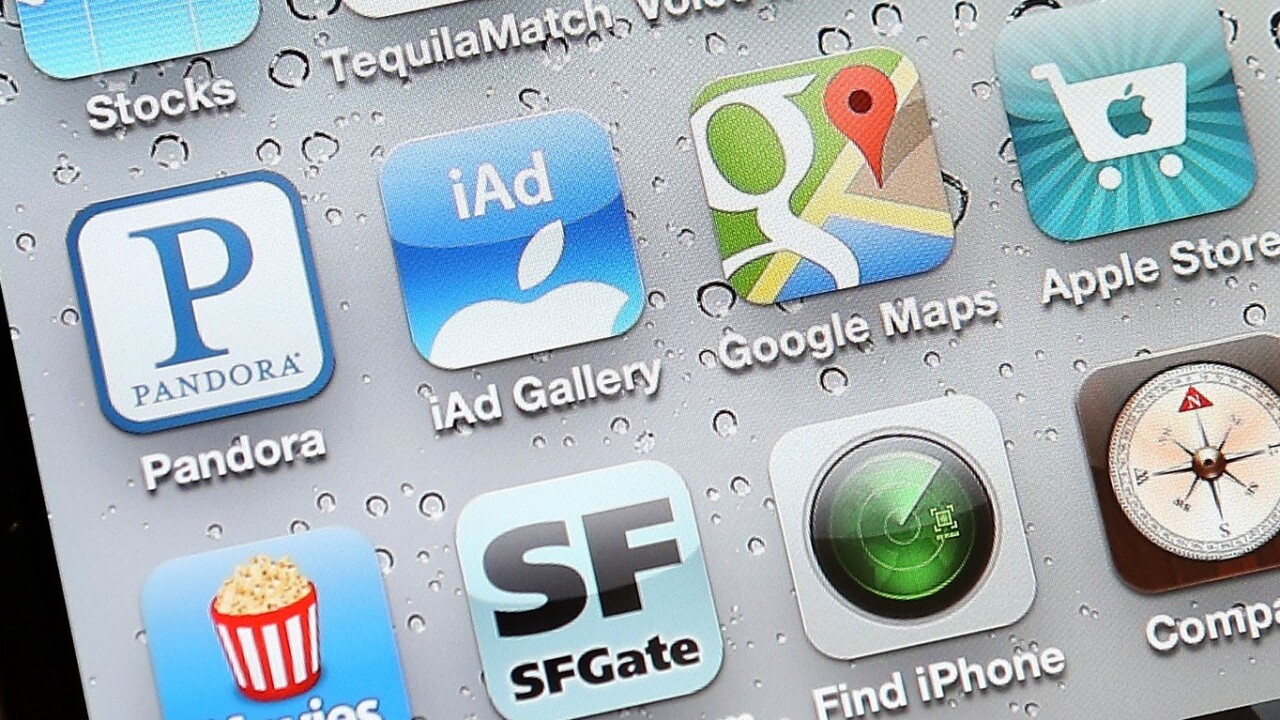
Sangeet Paul Choudary analyzes business models for Internet startups at his blog Platform Thinking. You can follow him on Twitter where he is @sanguit.
It’s never been easier to build an app. Conversely, it’s never been more difficult to gain adoption for one.
There are several challenges that mobile app developers face today. To start with, app discovery itself is broken. Current app stores lack the robustness that Google brings to web content discovery. They also lack the design-for-discoverability mindset that SEO encourages. None of the current attempts to improve app discovery, by the app store owners or by third parties, have created much difference.
But the problems don’t end with getting an app downloaded. As this study reports, 26% of apps downloaded in 2010 were used only once. As choice and availability of apps on the app store increases, that percentage has most likely increased. Startups often tout number of downloads as evidence of traction. Except for paid apps, where downloads translate to real dollars, downloads are no indication of usage, and hence, very poor indicators of traction.
In fact, going from obscurity to download is a problem that can potentially be solved with a big marketing budget. But going from download to repeat and active usage can be solved only by catering to the right design considerations, as we’ll explore below.
Traditional PC software didn’t face this problem of abandonment to the same extent. The small phone screen and the ease of app download from an app store make this problem worse. An abundance of apps on a small screen can rapidly result in the user narrowing down to using only a few apps repeatedly.
First use experience is critical
The fact that a significant percentage of apps get used only once points to the fact that something is broken with the first use experience. First use is often a poorly understood topic among developers but it essentially boils down to this: A user’s first time with the app is different from his 3rd visit, which is different from his 10th visit.
Every interaction with the app is a learning experience for the user and as with any learning experience, it needs to be structured. This means that the app interface needs to gradually adapt to the user’s current level of expertise. An app essentially needs to treat a user like a good teacher would treat a student, easing her gradually through on-boarding to gradually increasing levels of proficiency. Apps that fail to do that get abandoned.
In the current spirit of solving every problem with a ‘hack’, some developers see an app interface walkthrough as a one-stop solution to the first use problem. Walkthroughs come with their own challenges. App downloaders usually download on impulse and want quick benefits, not educational guides. Moreover, most such walkthroughs are overloaded with information. and much of it is rarely retained later.
‘Leveling-up’ on user experience
The focus on first use has always been important but it’s uniquely challenging for mobile apps. Mobile apps have a lot less on-screen real estate to play with and thrive on a minimalistic UI design. Providing multiple educational hooks can clutter the small screen.
A better way to solve the on boarding problem is to design the app separately for a first-time user, a budding expert and a proficient user, much like levels in a game. Unlike a game, though, every level here cannot be divorced from the other and must continue to focus on delivering the unique benefit that the app promises. And all this while gradually leading the user to transition up a learning curve.
First-use delight
Most apps need the user to do some work before they can deliver any value to the user. You may need data about the user to serve content that’s relevant. It’s important to have appropriate incentives for the users to engage and for the app to deliver an instant benefit to the user during first use if that is the case.
Data entry is especially difficult on the mobile. Apps that require the user to enter a lot of information should gradually stage the information input with periodic reward schedules.
Activation, not acquisition, holds the key
Simple and intuitive first use, alone, is no guarantee for repeat usage. In a sea of apps, it takes a lot more for a particular app to surface often and get used.
The final component that’s critical to fostering repeat usage is user activation. Getting a user to use your app repeatedly requires some form of commitment. For a commerce app, parting with credit card details could signal commitment.
For a game, actual end-to-end gameplay on first use could signal commitment. For a social network, friending/following a certain number of users could signal commitment. As a design principle, what is the one thing you want users to do on your app. Getting a user commitment either requires the user to do that on first use or engage in a series of actions that increases the probability of him returning to engage in that action.
Moving your metrics
Shifting focus from downloads to commitments also requires your marketing activities to focus accordingly. When the success of a marketing campaign is determined by number of commitments, the incentives to get users on board need to encourage users towards commitment, not just download.
As an example, Uber rarely invests in traditional awareness creation. Most of its marketing effort is aimed not at enabling downloads but at acquiring the user’s payment details. This is because parting with credit card details signifies some level of commitment by the user and also removes friction in repeat transactions. Towards this end, Uber’s new city launches often focus on giving away discount vouchers which can be redeemed only on entering credit card information.
The app should also remove unnecessary design barriers between download and user commitment. A barcode scanning app should get the first scan done before requiring the user to log-in. Asking the user to register before using the app at all is often a great way to lose her.
Sustainable marketing strategies
Finally, marketing strategies need to be sustainable. PR and advertising are obvious ways to build awareness but awareness creation works best when it is a natural consequence of app usage workflow, much like Instagram’s photos being shared on Facebook. (Explore more on designing such sustainable marketing strategies at these essays here and here.)
Conclusion
In an abundance of apps, the key challenge for developers isn’t just app discovery anymore. Active and repeat usage is often a much more difficult challenge to overcome.
The keys to moving from download to active/repeat usage often lie in the first use experience. The first use should be intuitive and designed with the first-timer in mind. It should deliver instant benefit to encourage the user to return. And finally, it should focus on securing a commitment from the user for subsequent actions.
A big marketing budget could potentially help surmount app discovery challenges, but repeat and engaged usage is best solved only through product experience design and in-product hooks.
Image credit: Justin Sullivan/Getty Images
Get the TNW newsletter
Get the most important tech news in your inbox each week.





